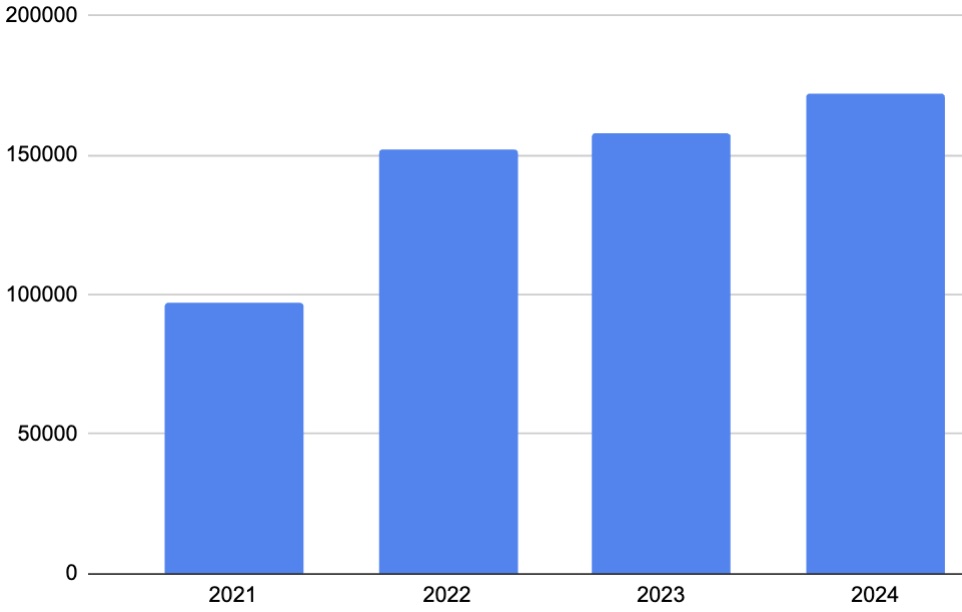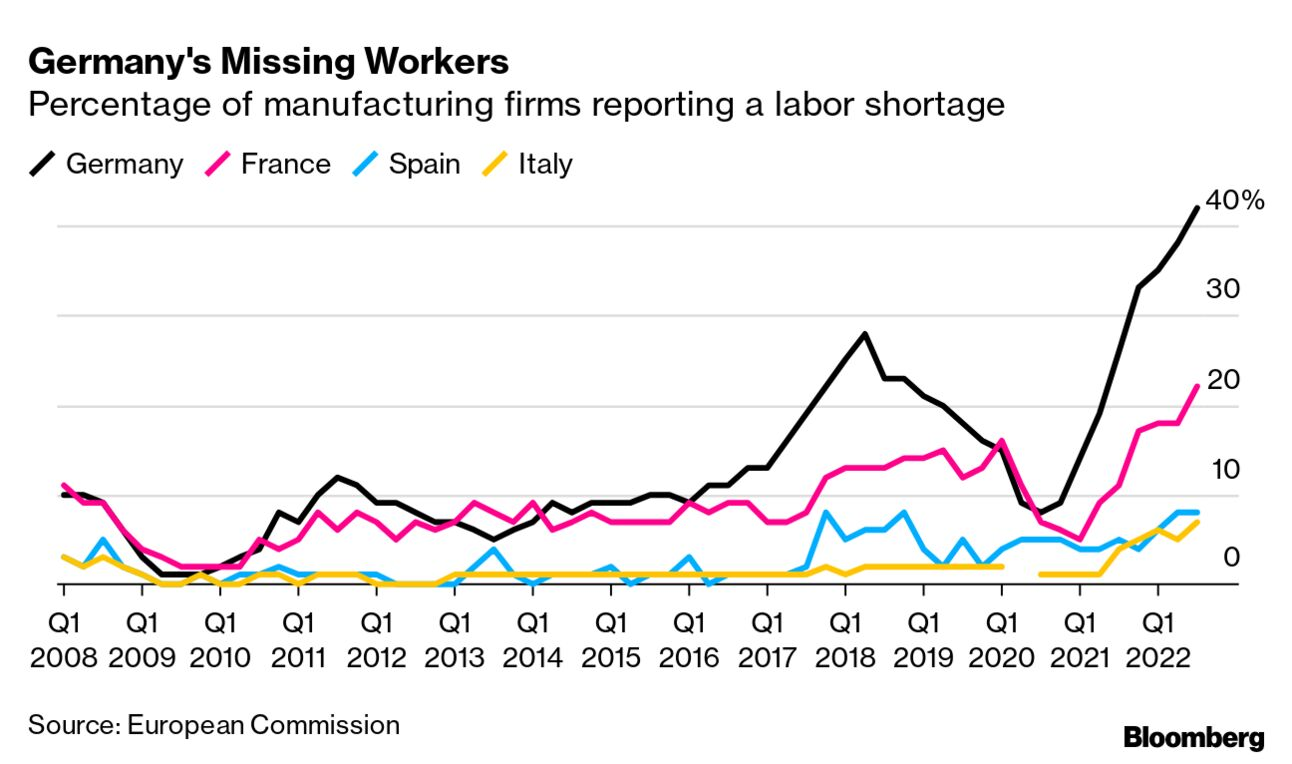
Germany's Hidden Opportunity: What 77% More Visas Really Mean for Skilled Professionals
Germany’s skilled worker visa surge opens doors for global professionals—but navigating the system takes strategy. For talent eyeing better work-life balance amid competitive markets, this could be your moment.
When I first landed in Germany, my skilled worker visa felt like a golden ticket—until I realized it came with a side of Beamtendeutsch (bureaucratic German) and a lifelong feud with recycling bins. Last week’s immigration figures sparked déjà vu: another wave of hopefuls chasing that same ticket. But here’s what the headlines won’t tell you…
The Focus on International Talent
Let’s decode Germany’s love affair with die Fachkräfteeinwanderung—a word so long it needs its own visa. It’s Germany’s skilled worker policy: well-intentioned, complex, and oddly nostalgic for paperwork.
Side note: Digitalisation of the national visa procedure from 1 January 2025
The numbers dazzle: 77% more visas since 2021! But peel back the Brezeln, and you’ll find most growth happened post-pandemic, not post-policy. The real test? A modest 14,000 visas after the law launched.
Translation: Germany’s ‘open door’ is still creaking on its hinges.

The Opportunity Card’s Underperformance
Germany’s new Opportunity Card aimed to be the H-1 B’s chill European cousin. Instead, it’s the party nobody RSVP’d to—just 600 monthly applicants vs. 2,500 expected. For people (Indians?) used to cutthroat visa lotteries, this is either a red flag or a golden ticket with less competition.
Pro tip: It’s the latter.
Political Transitions and the Road Ahead
Germany’s political winds are shifting faster than the weather forecast. But here’s the secret: No party—left, right, or Ampel—can afford to shut the door on skilled workers. Why? Demographics. Germany needs 400,000 working-age immigrants yearly. They’re hitting 40%. For Indian engineers and doctors, that math screams ‘leverage’.

My friend Priya, a Pune IT engineer, put it best: ‘In India, I fought 500 applicants for one job. In Germany, I fought one baker for the last Streuselschnecke. Different battles, better odds.
Let’s get practical. If Germany were a LinkedIn profile, its ‘Skills’ section would say:
- Desperately seeking STEM pros, nurses, and HVAC wizards
- Work-life balance: 10/10
- Apartment hunting: 2/10 (bring patience and a Schufa score)
The trade-offs? Brutal winters (compared to Indian standard), a language that laughs at your Duolingo streak, and the existential dread of Anmeldung. But for my Bengaluru friend Sajit, who traded 14-hour coding marathons for 30 Tage Urlaub, it’s a calculus that favours sanity over salary.
So, is Germany your next move? If your gut says ‘Maybe…’, subscribe below.
P.S. Still unsure? Reach out. My best advice comes with a side of Currywurst.
